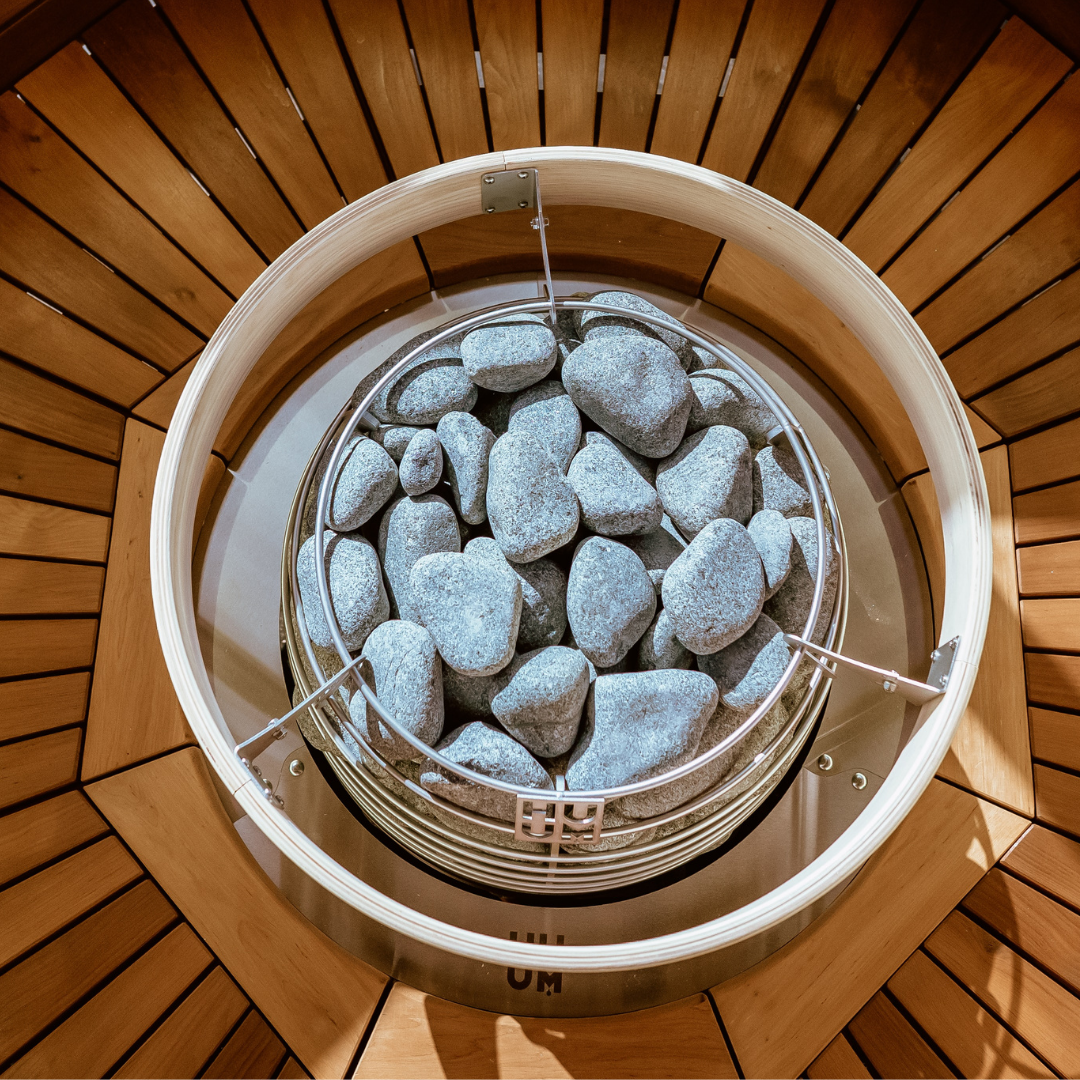Muscle strains can be a frustrating setback, but fortunately, there are various methods available to speed up the recovery process and get you back to peak performance. In addition to rest, gentle movement, and professional guidance, certain therapeutic techniques can provide additional support. In this article, we will explore the benefits of three popular modalities: saunas, ice baths, and compression therapy. By incorporating these methods into your recovery plan, you can potentially enhance healing, reduce inflammation, and promote optimal muscle repair.
Harnessing the Power of Saunas
Saunas have long been used for relaxation, detoxification, and promoting overall well-being. However, they can also play a role in muscle strain recovery. Saunas generate dry heat, typically ranging from 160 to 200 degrees Fahrenheit (70 to 95 degrees Celsius). This elevated temperature stimulates vasodilation, leading to increased blood flow and nutrient delivery to the affected muscles. As a result, this can promote faster healing and reduce inflammation.
The heat from saunas also helps relax tight muscles and improve flexibility, which can be beneficial during the recovery process. Spending around 15-20 minutes in a sauna session after the acute phase of the injury has passed can aid in reducing muscle tension, enhancing circulation, and providing a general sense of relaxation.
Embracing the Cold: Ice Baths
Ice baths, also known as cold-water immersion therapy, involve submerging the body or the affected area in cold water, typically between 50 and 59 degrees Fahrenheit (10 to 15 degrees Celsius). The extreme cold constricts blood vessels, reducing blood flow and limiting inflammation, which can help alleviate pain and swelling associated with muscle strains.
Ice baths also promote vasoconstriction, which assists in flushing out waste products and reducing tissue damage. The cold temperature helps numb the area, providing temporary pain relief and reducing nerve conduction, which can contribute to pain reduction as well.
It is important to note that ice baths should be used cautiously and for short durations, typically no more than 10-15 minutes. Individuals with certain medical conditions, such as circulatory problems or cold allergies, should consult with a healthcare professional before attempting ice baths.
Utilizing Compression Therapy
Compression therapy involves applying controlled pressure to the injured area using compression garments or wraps. This method is highly effective in reducing swelling, improving circulation, and providing support to the muscles during the recovery process.
Compression garments exert consistent pressure on the injured muscles, which helps to limit the accumulation of excess fluid in the affected area. This reduction in swelling can alleviate pain, enhance range of motion, and expedite the healing process. Additionally, compression therapy promotes the removal of metabolic waste products from the muscles, facilitating faster recovery
Compression garments come in various forms, including sleeves, socks, and wraps, allowing you to target specific areas. They should be worn during periods of activity or as directed by a healthcare professional. It's important to ensure that the compression level is appropriate for your needs, as too much pressure can impede blood flow and cause discomfort.
To Wrap Up
While rest, gentle movement, and professional guidance remain essential for muscle strain recovery, complementary therapies such as saunas, ice baths, and compression therapy can provide additional benefits. Saunas harness the power of heat to increase blood flow, promote healing, and relax tight muscles. Ice baths, on the other hand, leverage cold temperatures to reduce inflammation, alleviate pain, and limit tissue damage. Compression therapy offers targeted pressure to minimize swelling, improve circulation, and provide muscle support throughout the recovery process.
It's important to note that these therapies should be used in conjunction with professional guidance and tailored to your specific injury. Always consult with a healthcare professional before incorporating saunas, ice baths, or compression therapy into your recovery plan, especially if you have any underlying health conditions.
By integrating these therapeutic techniques into your muscle strain recovery plan, you can potentially expedite healing, reduce inflammation, and regain your strength and mobility more quickly. Remember to listen to your body, start gradually, and adjust the frequency and duration of these therapies as needed.
While saunas, ice baths, and compression therapy can be beneficial for many individuals, it's crucial to understand that every person's response to these modalities may vary. Pay attention to how your body reacts and make adjustments accordingly. Additionally, it's important to combine these therapies with other essential aspects of recovery, such as appropriate rest, nutrition, and exercise.
With a comprehensive approach and the inclusion of these supportive therapies, you can optimize your muscle strain recovery and return to your active lifestyle sooner. Stay committed, stay patient, and enjoy the journey toward complete healing and strength restoration.





Leave a comment
This site is protected by hCaptcha and the hCaptcha Privacy Policy and Terms of Service apply.